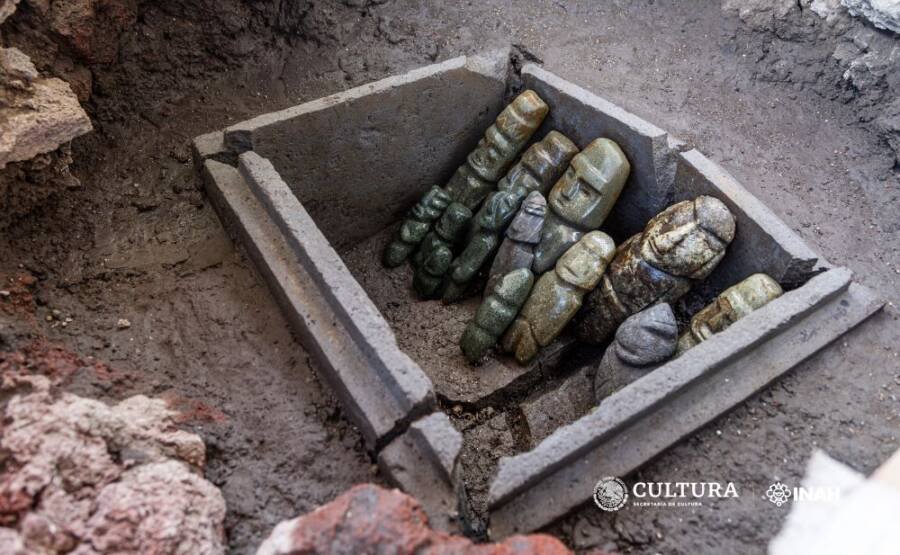Most of the first and second articles here are about ‘prehitoric’ or ‘prehistoric’ man. Here we take a look at the historic or written history we know.
Man, who reached a turning point in world history and gradually adapted to civilization, eventually chose farming. Land preparation was required for farming. The sharpness of his observation increased. Sociologists have cited his example of land preparation as the ‘sexual intercourse process’.
Earth was female. The plow was male.
Eventually the earth became ‘pregnant’, or harvested.
Written History The journey of man through civilization can be better understood by reading the history of Egypt. That is because the trajectory of that history from the Barbarism era to the Civilization can be seen very clearly step by step.
By this time, man was scattered around the world, moving in different directions, but let us see what happened on the communication and media side of Egypt, one of the hallmarks of human civilization.
What is special about Egypt is the development of the use of letters, but what is the basis for drawing letters? What are the letters for? We must first think about the question. That is, letters are needed to make life easier and to present an idea. The beginnings of letters were pictorial forms.
For example, the letter required to write ‘tree’ was an outline of a small tree.
They also drew a circle to introduce the sun. But these are difficult tasks that take a long time to draw, as each picture had to be drawn for each object.
Gradually the task became easier, with the discovery of an alphabet. But the original nature of the pictorial characters did not change much.
This is also the origin of the Chinese alphabet, which has a very ancient history. But there are tens of thousands of Chinese characters. The reason for that was the same as above. The Egyptians seem to be better at writing than the Chinese. That is, the font size of their ‘alphabet’ is relatively small. This typeface was popularly known as ‘Hieroglyphics’ or ‘Priestly Writing’.
It was associated with priests because they used this method to keep various records.
To write these letters, they used tissue taken from the papyrus tree, which is easily found in the Nile Valley. So successful were the letters and drawings on the papyrus sheets that some of the papyrus sheets are said to have survived for more than 3,000 years.
Another important material discovered by the Egyptians was brass. They used tin and copper to make brass. Until now, tools made of brass were more attractive than stones and animal bones made by ancient man. After the discovery of brass, the buildings built by the Egyptians became more beautiful. Was more systematic.
There were people in many different social strata of Egyptian society than the Shepherds in the Stone Age, the Hunting Age or later. They made more systematic laws to govern these different human societies. Accordingly, constitutions and constitutions were made. Under those rules were what was read in the religions. Kings at that time were like gods.
The life of the Egyptian was rich in religions. The other gods were involved in his life. The ‘Ra’ or sun god was the father of all human beings as well as gods. Osiris, Isis, and Horus were other gods who took many forms. This was the time when the organized religions of the civilized society came into being. Accordingly, special methods of burying the body after death arose in the belief that man had a life after death.
Even before the Egyptians came to this point, in another corner of the world, there were people who escaped from wild life and turned their heads towards civilization. It was the Babylonian civilization that formed along the Euphrates and Tigris rivers. These Babylonians were the original inhabitants of the valleys formed by these rivers. Written information about them dates back to before 4000 BC.
The site of Babylon and its civilization is now known as Iraq. The language used was Akkadian. However, the Sumerian language was used for religious purposes. The Sumerian clay tablets are world famous. But as a result of the Iraq war some time ago, many of these priceless clay tablets in the Iraqi Museum were destroyed.
Details of the original ruler of the city of Babylon can be found on clay tablets dating back to 4000 years, which are said to have been created first. He was called the ‘Sargon the great’. His reign lasted from 2334 BC to 2279 BC.
Like the Egyptians, they discovered many things. Public administration, writing methods, building are some of them. But these findings were based on the environmental conditions in the area. One example was their writing style. Unlike the Egyptians, the papyrus or similar plant did not grow along the Euphrates and Tigris rivers for the Babylonians.
So they wrote their writings on clay tablets.
The papyrus branch was smooth. So the drawings and letters drawn on it were systematic as well as artistic. But the letters on the clay tablets were not like that. There was a certain roughness to it. Also, Babylon was different from Egypt. That is, the absence of hard rocks. Thus their buildings were made of clay.
The buildings of the Babylonians were great from below, and thin from the top.
Labor was needed to work in society. So like any ancient civilization there were incentives for the sexual process. This is shown by a sculpture of the sex act shown in one of the pictures.
The constitution and legal system of government, dating back to ancient times, are derived from Babylonia. It was written during the reign of King Hammurapi, a king who lived in 2100 BC. In some places this king is called ‘Hammurabi’. He was a very efficient king. His service to make Babylon a city of the highest order is outstanding.
After the demise of this king, the kingdom rapidly declined.
No matter how advanced, the war techniques of these inhabitants may have been simple. Just like the advanced civilizations of Mohenjo-daro-Harappa. Therefore, these civilizations were threatened with extinction.
Thus, the Assyrian civilization began, with the destruction of the so-called Babylonian civilization by the Assyrians who came from the north to this fertile valley. But the culture of the Assyrians was colored by the Akkadian and Sumerian cultures mentioned above.









1 thought on “Human History 3 – Egyptian and Babylonian Civilizations”
Wow, marvelous blog format! How long have you ever
been running a blog for? you make blogging look easy. The whole glance of your
web site is fantastic, let alone the content!
You can see similar: e-commerce and here dobry sklep